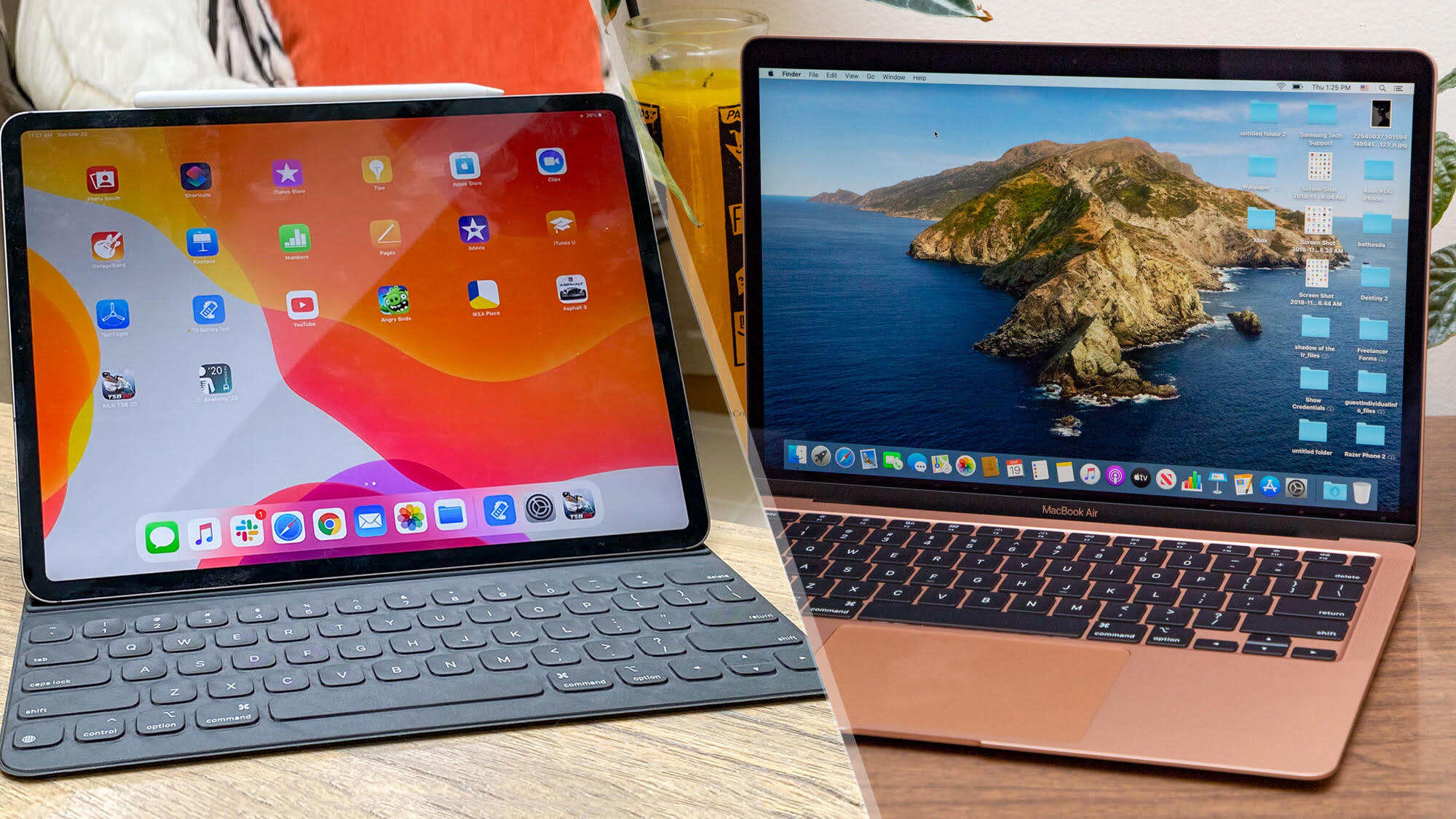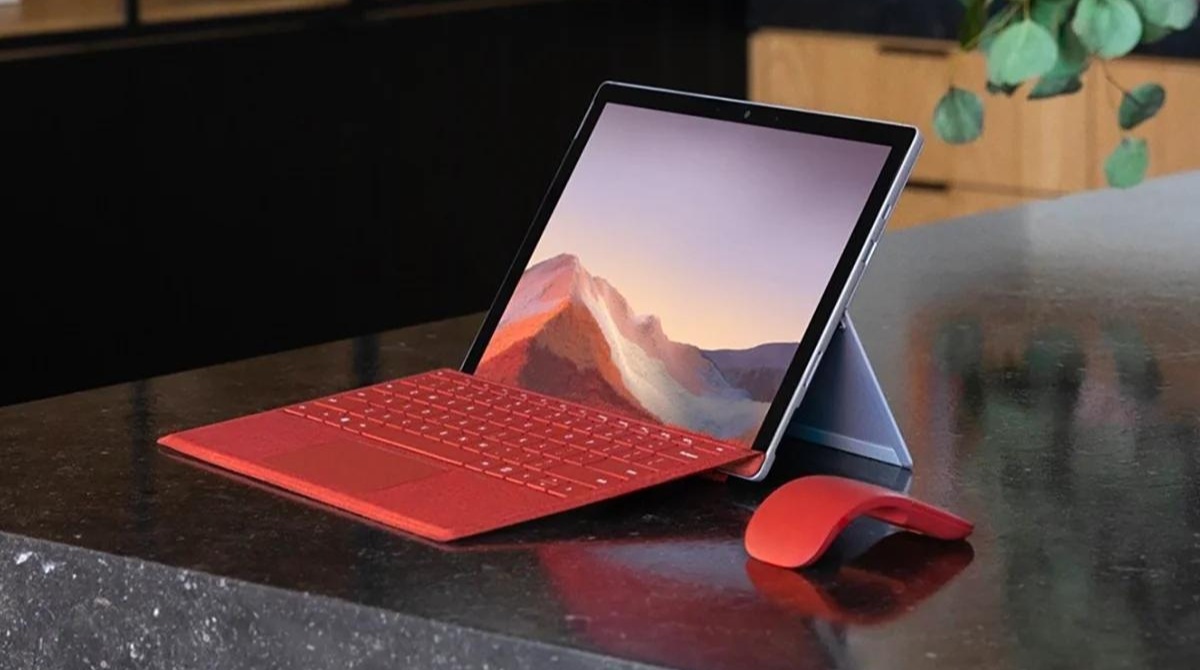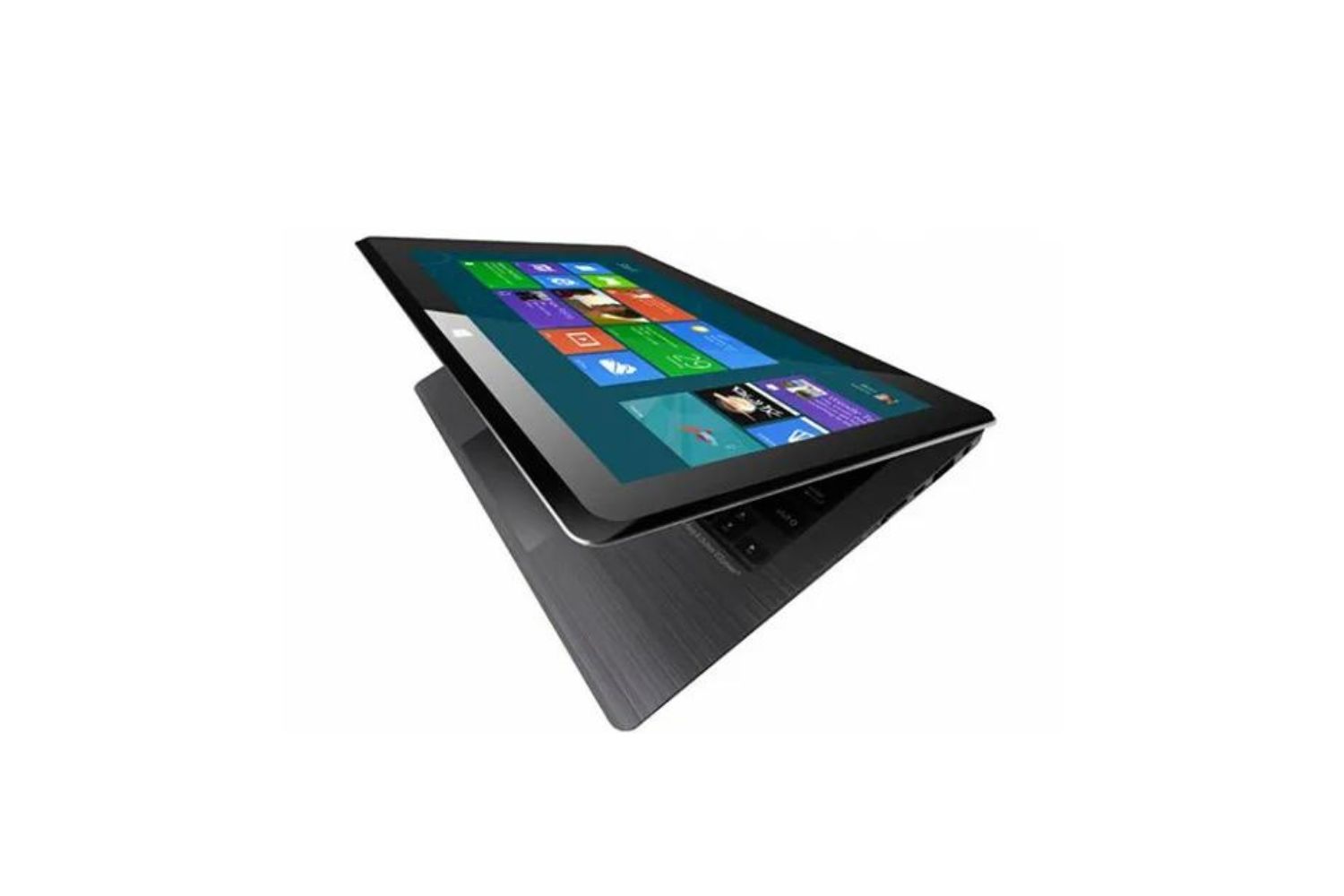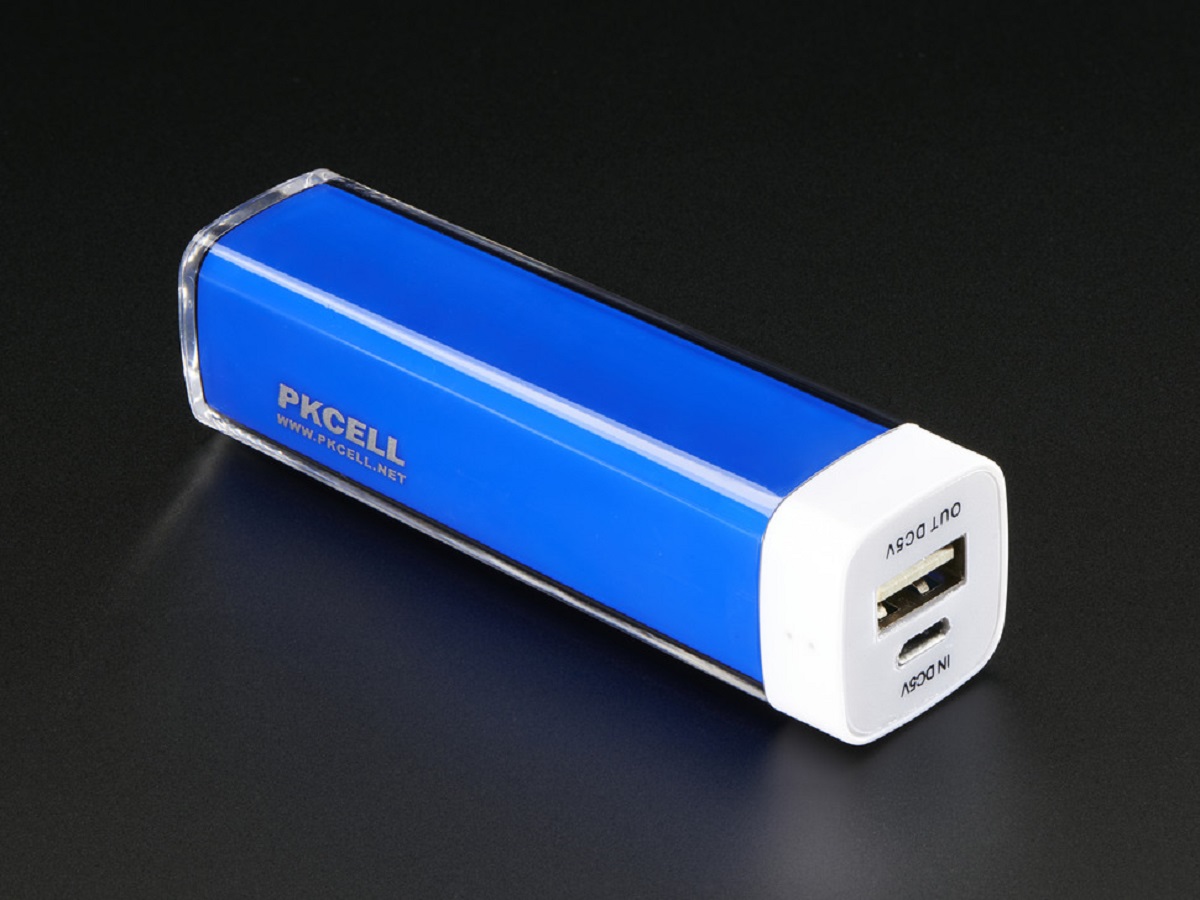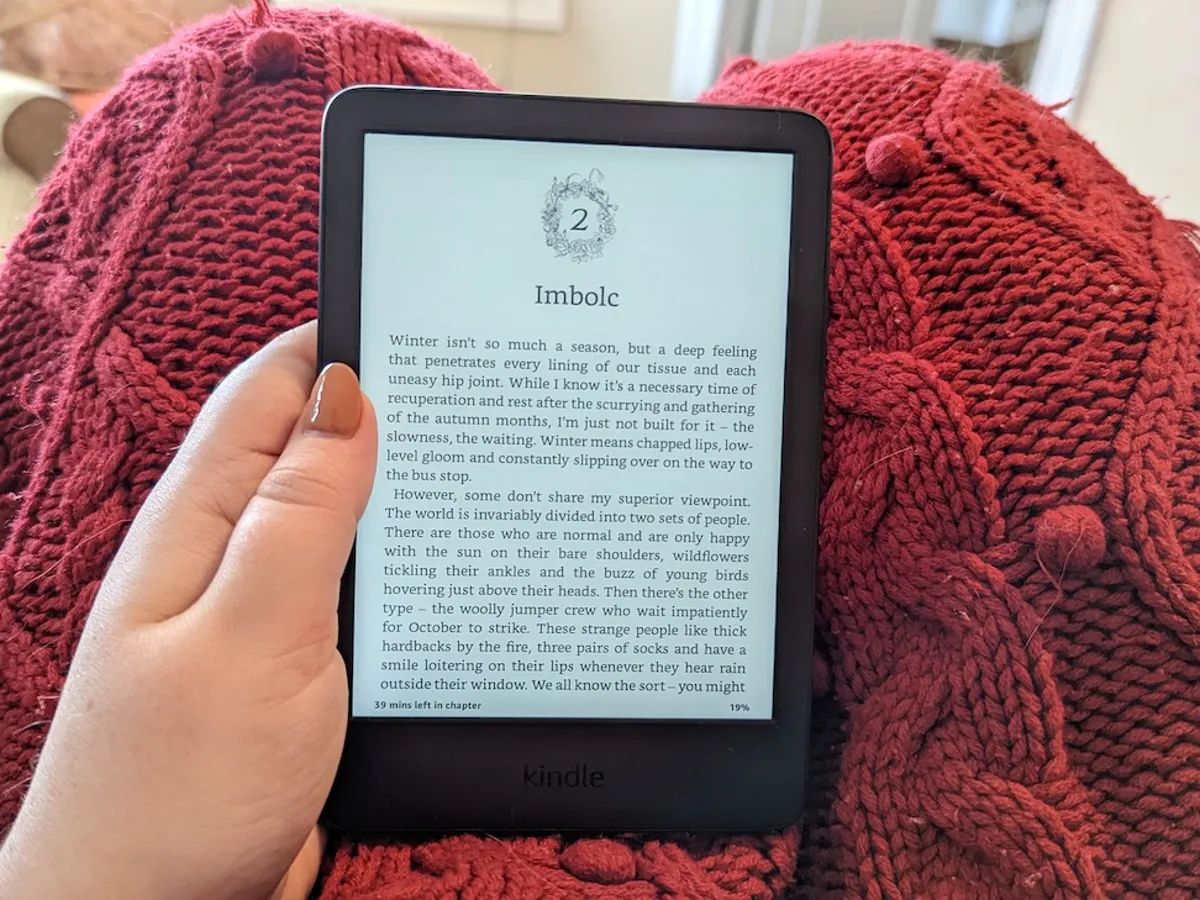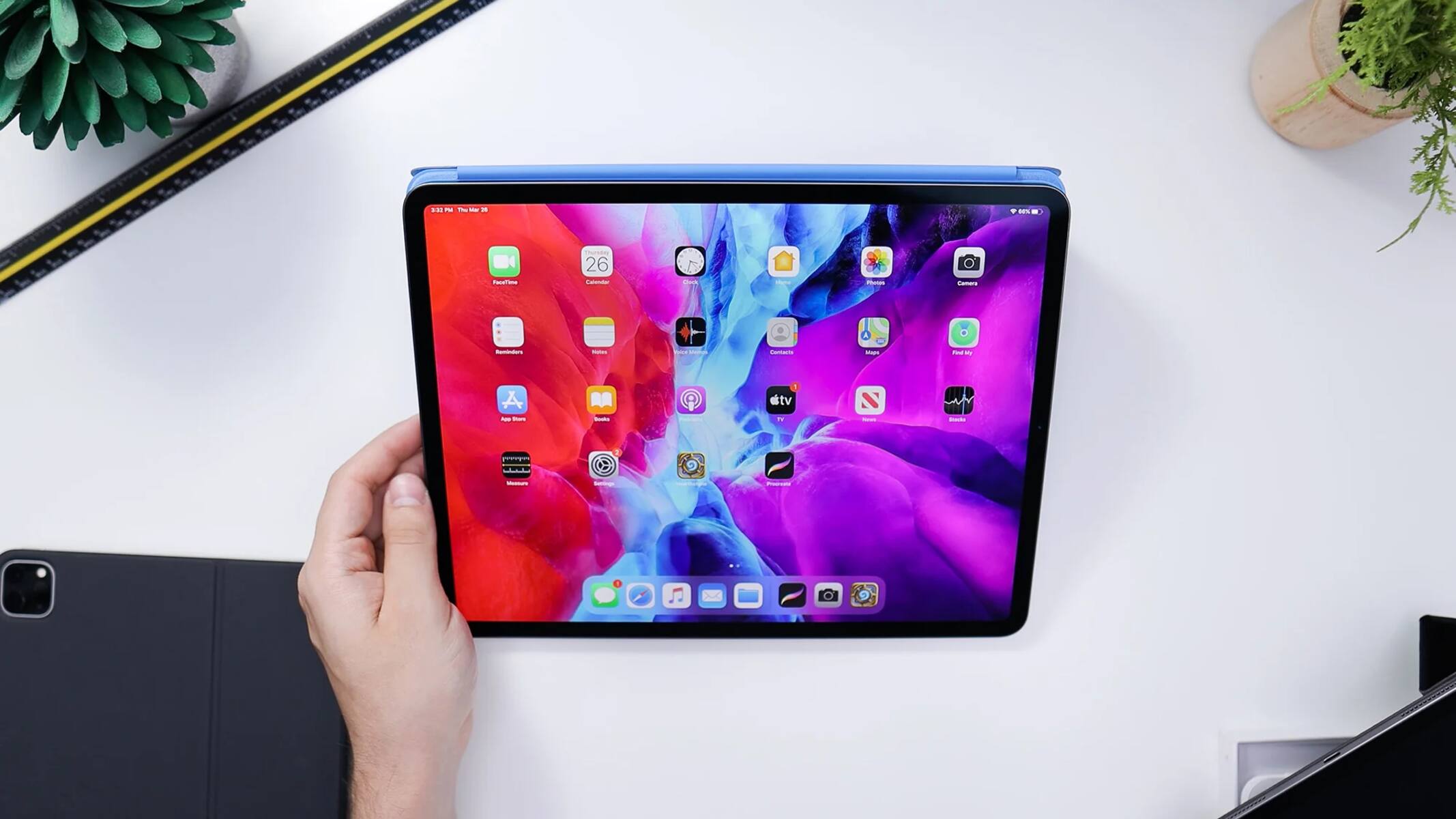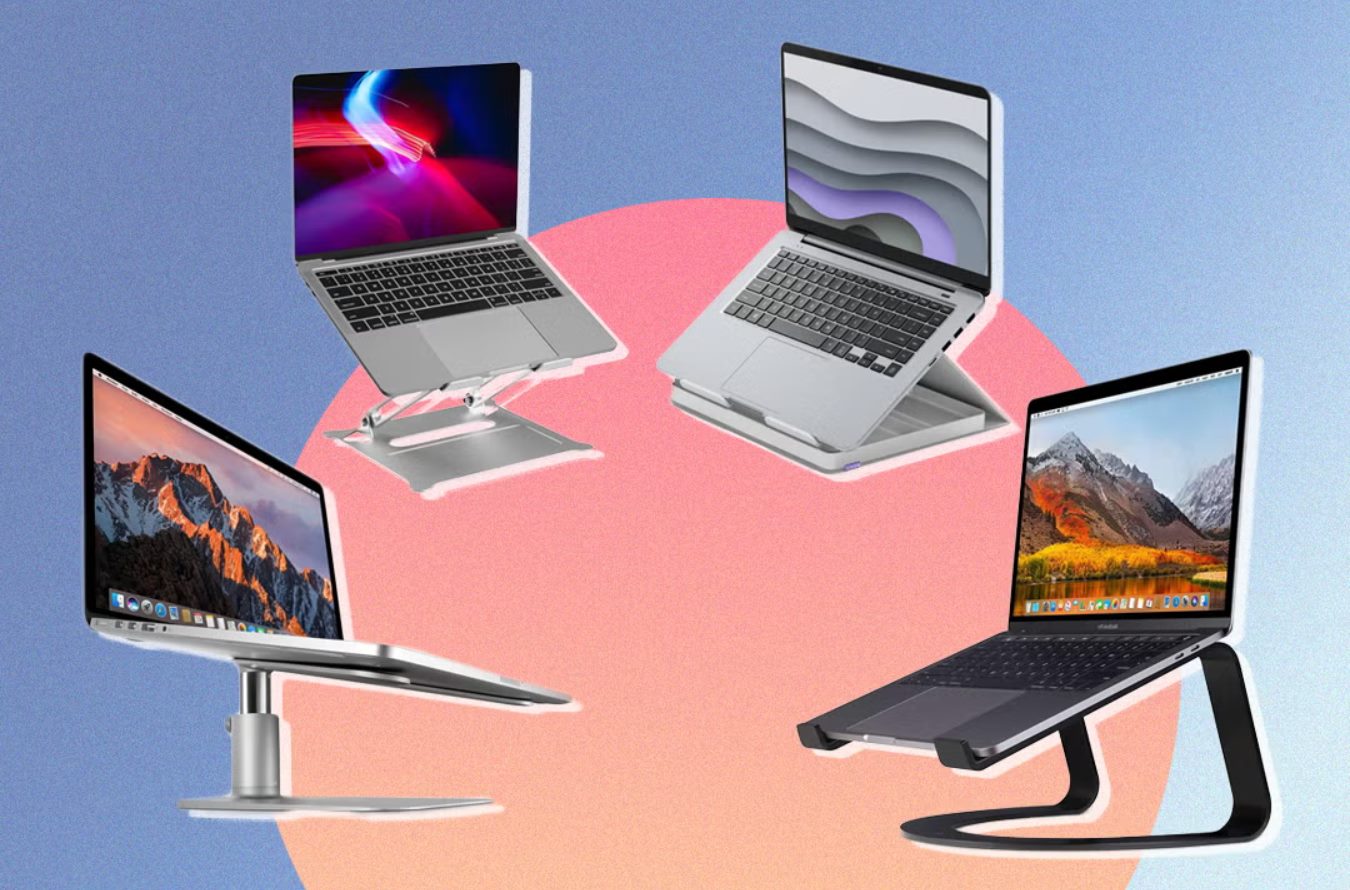Introduction
Welcome to the era of technology, where devices have become an essential part of our daily lives. Two of the most popular devices that have revolutionized the way we work, learn, and connect with others are tablets and laptops. These portable computing devices offer convenience and versatility, allowing us to accomplish tasks and stay connected while on the go. However, many people often find themselves confused about the difference between these two devices. In this article, we will delve into the distinctions between a tablet and a laptop, shedding light on their unique features, functions, and use cases.
A tablet is a sleek and lightweight device that typically features a touchscreen interface. It is designed for easy navigation, intuitive interactions, and multimedia consumption. On the other hand, a laptop, also known as a notebook, is a more traditional computing device with a physical keyboard and a larger display, offering a full-fledged computing experience.
While both tablets and laptops provide similar functionalities, there are several key differences that set them apart. Understanding these disparities can help you make an informed decision when choosing the device that best suits your needs and preferences.
Price
Price is often a significant factor to consider when purchasing a device. Tablets generally tend to be more affordable compared to laptops. This is primarily because tablets are designed to offer a more streamlined and basic computing experience. They have fewer hardware components, such as a physical keyboard or a large storage capacity, which helps keep the manufacturing costs down.
Laptops, on the other hand, provide a more robust computing experience and are equipped with more powerful hardware components. This includes a full-sized keyboard, a larger display, and a more extensive storage capacity. These additional features contribute to a higher price point compared to tablets.
However, it is important to note that the price range for both tablets and laptops can vary greatly, depending on the brand, model, specifications, and additional features. High-end tablets with premium features can sometimes be pricier than entry-level laptops. Similarly, budget-friendly laptops with basic specifications may cost less than mid-range tablets. It is essential to consider your budget and prioritize your requirements when deciding between a tablet and a laptop.
Size and Portability
When it comes to size and portability, tablets and laptops have distinct characteristics. Tablets are known for their compact size and lightweight design. They are typically thinner and smaller than laptops, making them highly portable and easy to carry around. Their sleek form-factor makes them a popular choice for users who prioritize mobility and convenience. Tablets can easily fit into a bag or even be held with one hand, allowing for effortless on-the-go use.
Laptops, on the other hand, are generally larger and heavier than tablets. While there are ultrabooks and lightweight laptop models available in the market, laptops are still bulkier compared to tablets. The larger size is primarily due to the inclusion of a physical keyboard and a more substantial internal hardware. Although laptops may not be as portable as tablets, they offer a more comfortable typing experience and a larger display, making them ideal for tasks that require extensive typing or multitasking.
It is worth considering your specific usage scenarios and mobility requirements when deciding between a tablet and a laptop. If you frequently travel or need a device for casual web browsing, media consumption, or taking notes on the go, a tablet may be the more suitable option. On the other hand, if you require a device for heavy productivity tasks, content creation, or software development that involve extensive typing or require a larger display, a laptop may be the better choice despite its bulkier size.
Operating Systems
The operating system (OS) is a crucial factor to consider when choosing between a tablet and a laptop. The OS determines the user interface, software compatibility, and overall user experience of the device. Tablets and laptops generally run on different operating systems, each with its own unique features and advantages.
Tablets often use mobile operating systems such as iOS (used by iPads) or Android (used by various tablet brands). These operating systems are optimized for touch-based interactions and provide a user-friendly interface designed specifically for tablets. They offer a wide range of applications and games through their respective app stores, allowing users to enjoy a vast selection of software tailored for tablet usage. Additionally, mobile OSs provide seamless integration with cloud services and offer features like voice assistants, mobile payment options, and device-specific functionalities.
Laptops, on the other hand, primarily run on desktop operating systems like Windows or macOS. These operating systems are designed for more traditional computing, with robust software compatibility and a wider range of productivity applications. Desktop OSs offer a more comprehensive file management system, advanced multitasking capabilities, and customization options. Laptops can handle resource-intensive applications and software, making them suitable for tasks such as video editing, graphic design, programming, and professional work that require a full-fledged desktop experience.
When deciding between a tablet and a laptop, consider the software and applications you need for your intended usage. If you primarily require access to mobile apps, browsing the web, social media, and entertainment, a tablet’s mobile operating system may be ideal. On the other hand, if you rely heavily on desktop applications, require software compatibility, or need a device for professional work, a laptop’s desktop operating system may better suit your needs.
Input Methods
One crucial aspect that sets tablets and laptops apart is their input methods. Tablets primarily rely on touch-based input, allowing users to interact with the device through gestures, taps, and swipes on the touch screen. This touch-driven interface offers a more intuitive and tactile user experience, making it easy to navigate through apps, browse the web, and consume multimedia content. Additionally, tablets often support stylus input, enabling users to write, draw, or annotate directly on the screen, which can be beneficial for note-taking, digital art, and other creative tasks.
Laptops, on the other hand, offer a more traditional input method with a physical keyboard and trackpad. The keyboard provides a tactile experience and facilitates efficient typing, especially for long-form writing or extensive data entry. The trackpad allows for precise cursor control, making it easier to navigate through documents, websites, and applications. Laptops may also offer additional input options, such as a touchscreen or a stylus for certain models, expanding the range of input methods available.
When considering the input methods, it is essential to think about the tasks you will be performing on the device. If you do a lot of typing or require a precise pointing device, a laptop with a physical keyboard and trackpad may be more suitable. On the other hand, if you prefer a more interactive and versatile input method, or if you need to take handwritten notes or sketch, a tablet with touch and stylus input may be the better choice.
Performance and Functionality
Performance and functionality are crucial considerations when evaluating the capabilities of tablets and laptops. While both devices offer varying levels of performance, laptops generally have an edge in terms of raw power and multitasking capabilities.
Laptops are equipped with more powerful hardware, including high-performance processors, ample RAM, and dedicated graphics cards in some models. This allows them to handle resource-intensive tasks such as video editing, gaming, and software development with ease. Laptops also tend to offer more storage options, providing ample space for storing large files, applications, and media libraries.
Tablets, on the other hand, are designed to provide a balance between performance and portability. They typically use mobile processors and have less RAM compared to laptops. While tablets can handle everyday tasks such as web browsing, email, social media, and multimedia playback smoothly, they may struggle with demanding applications or multiple resource-intensive tasks simultaneously.
It’s important to consider your usage requirements when evaluating the performance and functionality of tablets and laptops. If you need a device for basic tasks like web browsing, media consumption, and light productivity work, a tablet’s performance may suffice. However, if you require a device for intensive tasks such as video editing, programming, or running resource-demanding software, a laptop’s superior processing power and multitasking capabilities will be more suitable.
Battery Life
Battery life is a crucial aspect to consider, particularly for users who are frequently on the move or require extended usage without access to a power source. Tablets and laptops differ in their battery life due to differences in hardware, power consumption, and usage patterns.
Tablets are known for their impressive battery life. The combination of efficient processors, lower power consumption, and optimized software allows tablets to offer extended usage periods. Depending on the device and usage, tablets can often last anywhere from 8 to 12 hours or even longer on a single charge. This long battery life makes them ideal for activities such as reading, browsing, media consumption, and light productivity tasks.
Laptops, on the other hand, typically have a shorter battery life due to their more power-hungry components such as larger displays, higher-performance processors, and dedicated graphics cards. While advancements in battery technology have improved laptop battery life over the years, they generally last for around 5 to 8 hours on a single charge. Factors such as screen brightness, multitasking, and running demanding software can further impact the battery life of a laptop.
When considering battery life, it is essential to evaluate your specific usage patterns. If you require a device that can last a full day of use without frequent charging, a tablet’s longer battery life may be advantageous. However, if you mainly use the device in places with easy access to power outlets or if you prioritize performance over battery life, a laptop’s shorter battery life may be acceptable.
Storage and Expandability
Storage capacity plays a crucial role in determining how much data, files, and applications you can keep on your device. Tablets and laptops differ in terms of storage options and expandability.
Tablets typically have limited onboard storage compared to laptops. Most tablets come with built-in storage options ranging from 16GB to 256GB, with some high-end models offering even more. However, it is important to note that a portion of this storage is typically allocated for the operating system and pre-installed apps. While tablets provide cloud-based storage options and support external storage through microSD cards or USB drives, the overall capacity may still be more limited compared to laptops.
Laptops, on the other hand, typically offer more storage capacity options. They often come with onboard storage ranging from 128GB to 1TB or more, depending on the model and configuration. Additionally, many laptops provide the flexibility to upgrade the storage through easy-to-access slots or by replacing the internal storage drive. This allows users to expand the storage as needed, providing more flexibility to store large files, media libraries, and applications.
When choosing between a tablet and a laptop, consider your storage needs. If you require ample storage for media collections, large files, or software installations, a laptop’s expandable storage options may be more suitable. However, if your storage needs are more modest or if you rely on cloud storage solutions and external drives, a tablet with its inherent mobility and streamlined design may suffice.
Usage Scenarios
The choice between a tablet and a laptop largely depends on your specific usage scenarios and requirements. Understanding how you plan to use the device can help you determine which one is better suited for your needs.
Tablets are excellent choices for casual and on-the-go usage scenarios. They are portable, lightweight, and easy to use, making them perfect for activities such as web browsing, social media, watching videos, reading e-books, and playing mobile games. Tablets are also popular among students who use them for note-taking, accessing educational apps, and studying on the move. With the availability of external keyboards and stylus input options, tablets can also serve as productivity tools for light document editing or creating digital art.
Laptops, on the other hand, offer a more comprehensive computing experience and are ideal for productivity-driven tasks. They provide a comfortable typing experience, large screens for efficient work, and access to a wide range of software applications. Laptops are preferred by professionals for tasks such as word processing, spreadsheet management, video editing, programming, and design work. They are also suitable for tasks that require multitasking, advanced software compatibility, and a larger display, such as business presentations and data analysis.
Consider your specific needs and determine the primary use case for the device. If you prioritize mobility, ease of use, and mainly engage in light tasks, a tablet may be the better option. On the other hand, if you require a device for intensive work, need powerful software applications, or engage in tasks that demand a flexible and full-fledged computing experience, a laptop would be the more suitable choice.
Conclusion
Choosing between a tablet and a laptop ultimately comes down to your specific needs, preferences, and intended usage scenarios. Both devices offer unique features and advantages that cater to different user requirements.
If you value portability, touch-based input, and prefer a device for light tasks, media consumption, and on-the-go use, a tablet may be the right choice for you. Tablets are sleek, lightweight, and offer a user-friendly touch interface. They are perfect for casual web browsing, social media, reading, and entertainment. With the availability of external keyboards and stylus input options, tablets can even serve as productivity tools for basic writing and content creation.
On the other hand, if you prioritize performance, a full-fledged computing experience, and require a device for demanding tasks, a laptop may be the better option. Laptops offer powerful hardware, larger displays, physical keyboards, and a wide range of software applications. They are well-suited for tasks such as video editing, programming, graphic design, and multitasking.
Consider factors such as price, size and portability, operating systems, input methods, performance and functionality, battery life, and storage options when making a decision. Evaluating your specific needs and the tasks you plan to accomplish will guide you in choosing the device that best fits your requirements.
Ultimately, whether you opt for a tablet or a laptop, both devices have their strengths and limitations. It’s essential to determine the device that aligns with your lifestyle, preferences, and usage patterns to make the most out of your technology investment.







